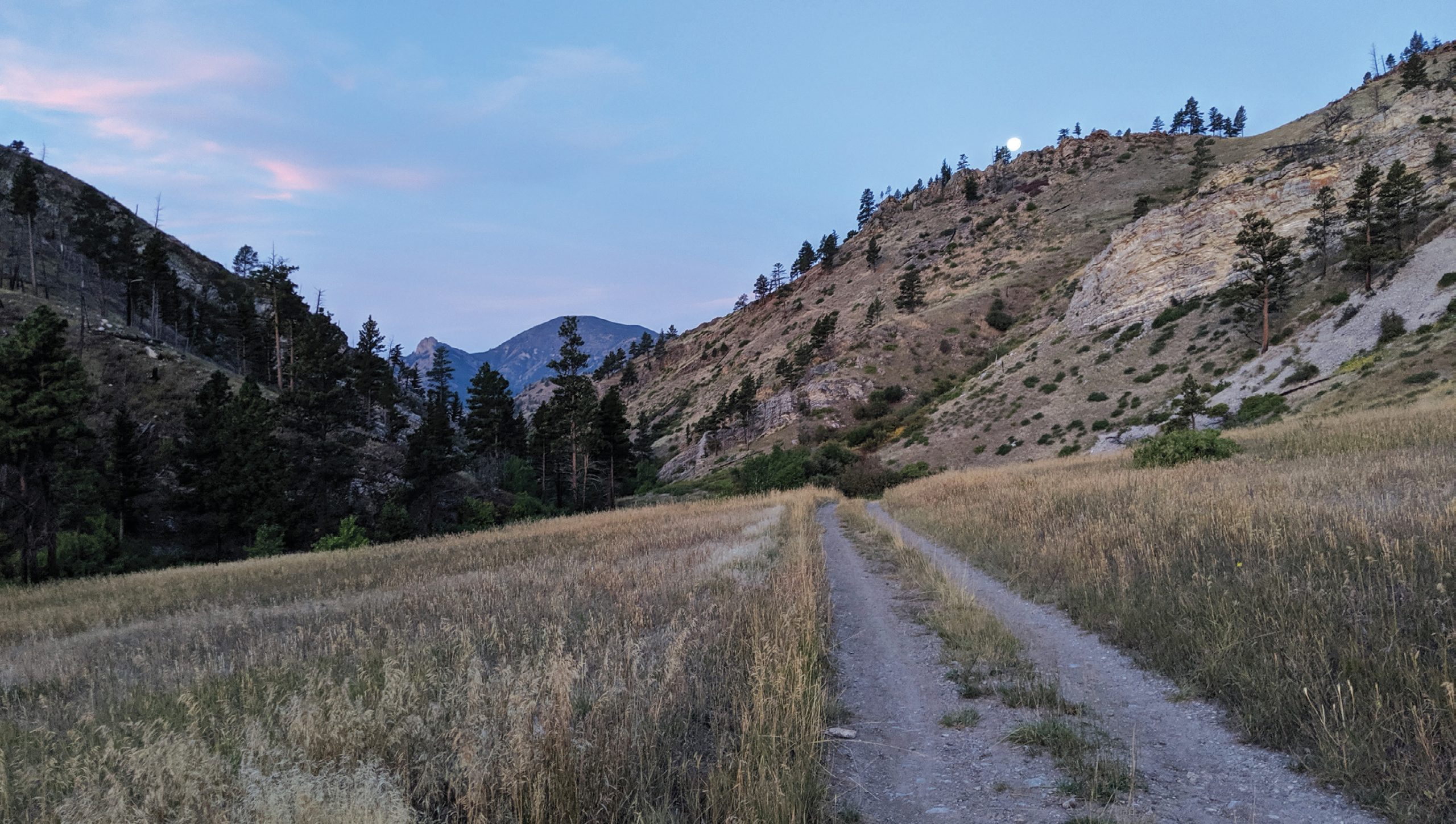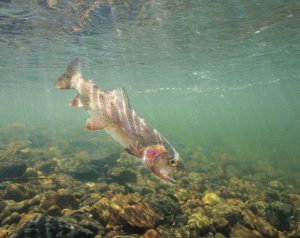
03 Feb Round Up: News Bites
Bipartisan Infrastructure Bill to Boost Conservation and Restoration Efforts
The Infrastructure Investment and Jobs Act, a substantial legislative package targeting U.S. infrastructure and conservation priorities, was recently advanced by the House of Representatives to President Biden’s desk. The bill includes key measures aimed at reclaiming public lands impacted by extractive development, maintaining and repairing U.S. Forest Service roads and trails, improving fish and wildlife habitat and connectivity, and reducing wildfire risks.
“The road to achieving this conservation victory was neither smooth nor simple,” says Land Tawney, Backcountry Hunters & Anglers president and CEO. “In the name of our public lands and waters, our fish and wildlife populations, and our shared outdoor traditions, American hunters and anglers have reason to celebrate this moment. And, together, we thank the House of Representatives for making it possible for us to achieve it.”
Projects funded by the bill include $11.29 billion for restoring land and water degraded by coal mining; $4.67 billion in new funding to plug, remediate, and reclaim orphaned oil and gas wells; and $3 billion for the new Abandoned Hardrock Mine Reclamation Program, which will provide jobs and restore water quality in impacted rural areas. “Hardrock mining and abandoned mines represent the single largest source of pollution in the United States,” says Tawney, “with an estimated 40 percent of Western watersheds contaminated by mine tailings and runoff. Fish and wildlife, and the habitat on which they depend, stand to gain enormously from the cleanup of abandoned mine sites.”
The bill additionally designates $350 million for a pilot program to reduce wildlife collisions by improving habitat connectivity and migratory corridors through the construction of safe wildlife crossings, which is of particular import to mule deer, elk, and pronghorn populations.
Finally, the bill allocates $250 million to the Forest Service Legacy Roads and Trails program to expand sporting access by maintaining and upgrading necessary Forest Service thoroughfares and decommissioning those that have become obsolete. The program also aims to improve aquatic habitats by reducing sedimentation and removing fish passage barriers, which is critical to Pacific Northwest salmon and steelhead populations, which are currently at record lows. With an additional $1 billion in aid from the National Culvert Removal, Replacement, and Restoration Grant Program, these passages — and the survival of the anadromous fish species dependent upon them — will receive crucial attention and informed restoration.
For more information about the bill and how to participate in conservation and restoration efforts in your area, visit backcountryhunters.org.
Protecting the Yellowstone Cutthroat Trout

Photo by Jess McGlothlin
In addition to providing hours of enjoyment to novice and avid anglers throughout the Northern Rockies and beyond, Yellowstone cutthroat trout support a $36 million annual sport fishing boost to local economies. Keeping these native species healthy and abundant requires concerted efforts by both the National Park Service (NPS) and anglers frequenting Yellowstone’s bountiful waters.
To preserve and restore native fish species to Yellowstone National Park drainages strained by non-natives, the NPS designates Native Trout Conservation Areas, places where they can enact special protective measures. Here, anglers can help reduce non-native species by harvesting them and reporting their finds on the Volunteer Angler Report card that accompanies each fishing license issued in the state. While research funds are generated from license sales, the report cards help inform further restoration endeavors. Together, these efforts have the capacity to reinvigorate native species populations and their respective ecosystems.
Firmly rooted in scientific research and the NPS mission, aquatic systems conservation and restoration projects can include non-native species removal, fish barrier evaluations, species composition studies, and hook injury/mortality rate investigations. For more information, visit nps.gov/yell/learn/nature/yellowstone-cutthroat-trout.htm.
EVEN Hotel Comes to Bozeman Yellowstone International Airport

Global hospitality company IHG Hotels & Resorts recently announced the upcoming construction of the EVEN Hotel Bozeman. Part of a new mixed-use development adjacent to Bozeman Yellowstone International Airport, the 120-room hotel will include an indoor pool, bar, market, lounge areas, meeting rooms, fitness space, and an outdoor courtyard with fire pits. Driven by wellness travel trends, the EVEN concept features hotels in scenic locations, with curated local intel regarding the best places to run, hike, ski, and play; natural lighting and green design concepts; and healthy onsite food and exercise options.
With Yellowstone National Park nearby — as well as Bozeman, Montana State University, Paradise Valley, and Big Sky Resort — the hotel is designed for recreational and business travelers alike. “As the trend continues for travelers to rediscover U.S. national parks and book active, outdoor vacations, guests will have a unique stay option at EVEN Hotels Bozeman,” says Julienne Smith, senior vice president of development at IHG Americas. “With convenient proximity to downtown Bozeman and Yellowstone National Park, wellness-minded travelers will now have a hotel option that caters to their individual lifestyles and desire for upscale accommodations.”
EVEN Hotel Bozeman is estimated to be completed in late 2022. A neighboring brewery, restaurants, coffee shop, and upscale bowling facility also are currently in the works and designed to cater to the development.




No Comments